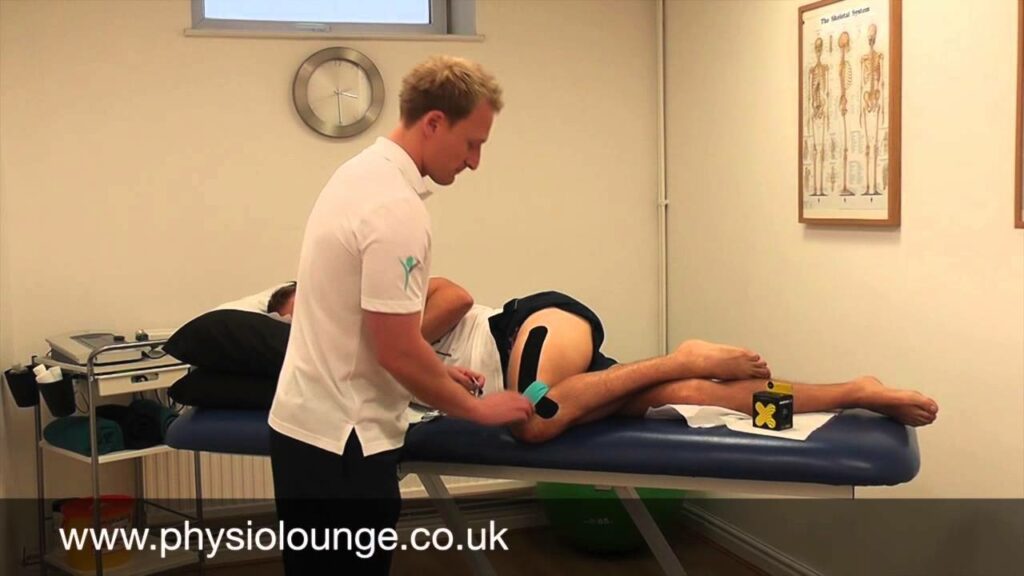RICE… my favourite of all the grains… and an internationally accepted regime for the treatment of soft tissue injury. It’s the latter that we’ll be discussing today. For those of you that don’t know:
Rest
Ice
Compression
Elevation
I’m pretty certain that most, if not all of us, have at least heard of RICE, if not used it ourselves. From school children to Olympic athletes, we just love to ice when something hurts.
So why are we doing it…to reduce inflammation?
Why would we want to do that?
We need to think about why we RICE. So…why do we RICE?!
Rest – we give the tissue time to heal? Well, if we don’t move or appropriately stress the tissue and activate the muscle pump, we end up with a tissue that does not effectively heal. Movement is beneficial to healing, in that it helps to organise the tissue as it repairs, and promotes the correct laying down of scar tissue. Most importantly, in the acute phase, movement helps to activate muscles that pump the lymphatic system and help to drain away the end product of inflammation…swelling.
Ice – The thought process behind the therapeutic use of ice (cryotherapy) is to reduce inflammation by decreasing tissue temperature; this can diminish pain, metabolism, and muscle spasm. By reducing inflammation, it is thought that the recovery from soft tissue trauma can be accelerated. As with all things we do, we must look to the best available evidence to inform and direct our practice. What does the science tell us?
‘There is insufficient evidence to suggest that cryotherapy improves clinical outcome in the management of soft tissue injuries’ (Journal of Emergency Medicine, 2008).
What?! Insufficient evidence?! I know…I’m as shocked as you are! But when these incredibly intelligent people looked at all the available evidence to support using ice in soft tissue injury, they found that none of the evidence supported its use to reduce inflammation. You can close your mouth now! There is evidence however to suggest it does help with pain relief and the numbing of tissue. If that’s why you’re using ice then great. BUT…why would you want to use it to inhibit the inflammatory process? Inflammation is not your enemy; inflammation is your best friend when it comes to tissue repair! Without inflammation, you cannot have tissue repair. It is for these reasons that we do not recommend the early use of non-steroidal anti-inflammatories (NSAIDs), like ibuprofen… another subject for another day!
The reason most of us use ice is because we believe it can help to reduce swelling; the end product of inflammation. When a tissue is injured, cells flood to the injured tissue to begin the inflammatory process and repair the damaged tissue. These cells are brought in by the blood, which is pumped through the vascular system by your heart. The end product is swelling, which is removed via the lymphatic system; a passive system, which is stimulated by muscle contraction (see above).
We now understand that ice does not remove or stop swelling that gathers, but it can interfere with the inflammatory process. Now, I have a problem in that I firmly believe everything I do is amazing, apart from DIY! However, I also realise I am not as effective as my own body when it comes to repairing damaged tissue, so I don’t interfere by sticking a bag of frozen peas on my calf strain!
Compression – Let’s look at some science again. In 2004, Bleakley et al reviewed all the studies in relation to the use of RICE for soft tissue injury. They found that ice with compression worked better than ice alone. They also found that ice with compression, and compression used on its own were no different. So why bother icing at all! Applying compression to the injured area helps to control the swelling, without interfering with the inflammatory process. In effect, it allows the good stuff to come in, whilst moving the bad stuff out. We don’t need scientific trials to tell us that when we go over on our ankle, and it looks like your grandma’s, that some compression feels great. It’s thought that a lot of the pain from a swollen joint is due to the pressure build up. Compression helps to reduce that build up, and therefore aids the reduction of swelling and pain.
Elevation – We’ve talked about the end product of inflammation (your best friend) being swelling, and this being a potential cause of muscle inhibition, and a source of pain through pressure build up. We’ve also talked about the mechanism by which swelling is removed from the injured area; through the passive lymphatic system. So, if we’re seeking to reduce swelling through the passive lymphatic system, we should do everything we can to help that passive system function.
Have you ever been on a plane for a long time? You get off and look down at your feet, only to find they resemble the feet of the elephant man himself?! The pressure of the cabin forces the fluid into the tissue space, and the lack of movement and effect of gravity with having your feet down the whole time, causes them to swell. Elevating helps the excess fluid drain through the lymphatic system, away into the vascular system, and out through the kidneys.
Based on available evidence and over 10 years of clinical experience working with sports injuries, post-operative rehab and general bumps and sprains, we’ve stopped recommending RICE to our patients. It’s more a CEM, or ECM, or MCE….whatever works for you!
Compression
Elevation
Mobilise
Compression is the key; tubigrip, elastic bandage, floss bands, whatever you have! Elevate the injured part wherever possible, and keep moving. If you can’t move your ankle because it’s too sore, move your toes, move your knee; get the surrounding muscles pumping to assist lymphatic drainage.
If you’re icing because that’s what you’ve always done, then maybe stop, and have a think why. My mum used to buy my underwear, that couldn’t go on forever! The bottom line is the application of ice does not reduce inflammation or swelling. Even if you could reduce inflammation with icing, why would you want to?!
So remember… compress those swollen joints… do your rehab… and leave the ice in your drink!
Request a Callback Book Online
References
Collins, N. (2008). Is Ice Right? Does Cryotherapy Improve Outcome for Acute Soft Tissue Injury?. Emergency Medicine Journal, 25; 65–68
Bleakley, C., McDonough, S. & MacAuley, D. (2004). The Use of Ice in the Treatment of Acute Soft-Tissue Injury. A Systematic Review of Randomized Controlled Trials. The American Journal of Sports Medicine, 32, 251-261.



